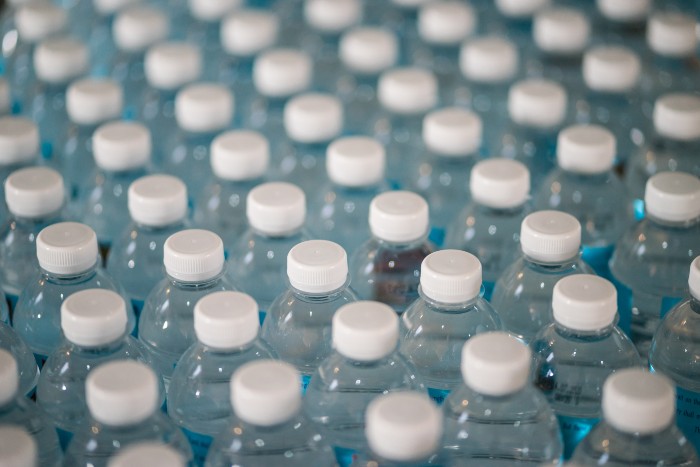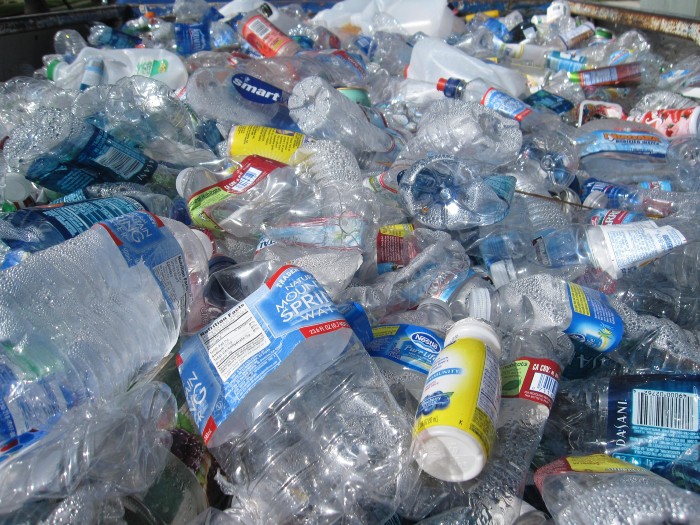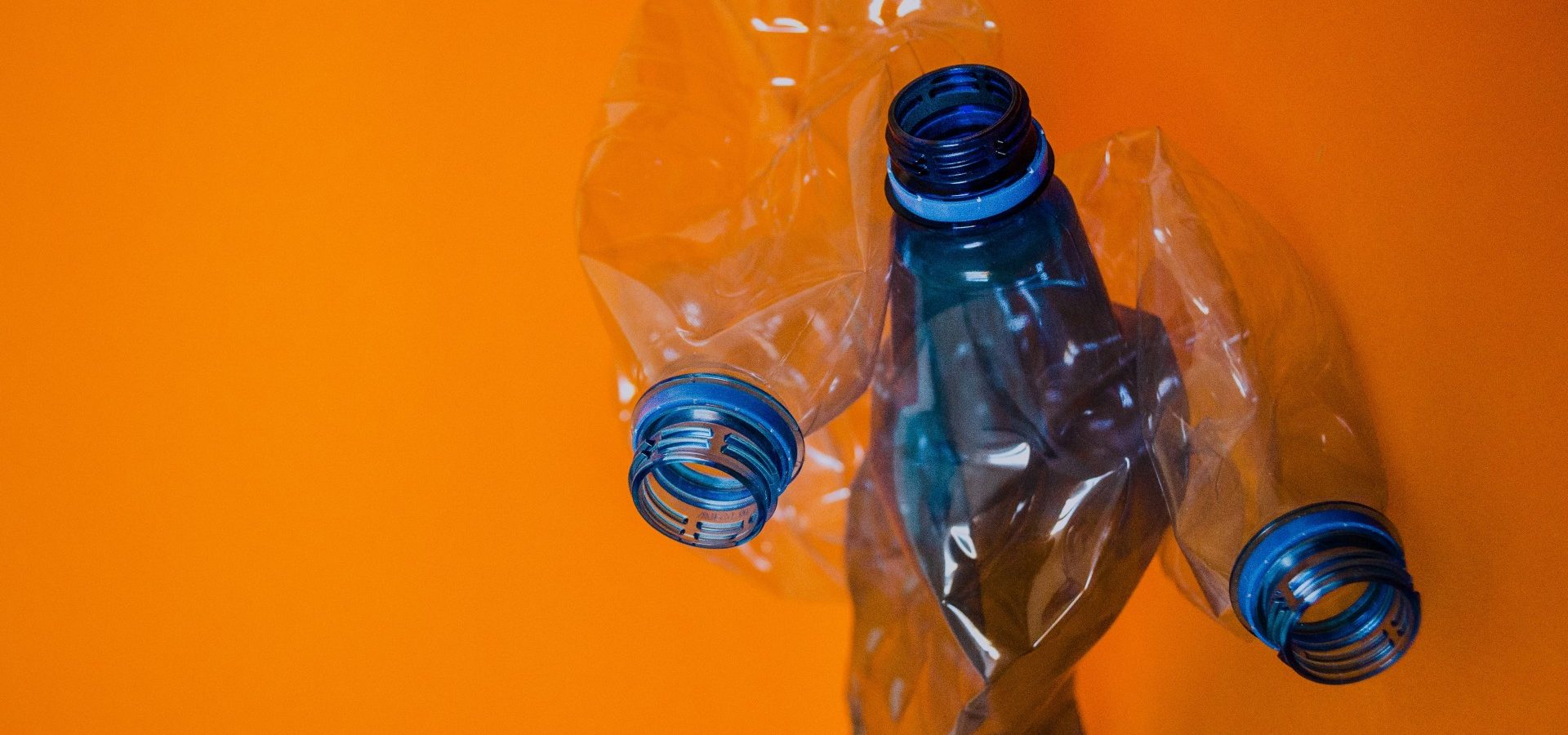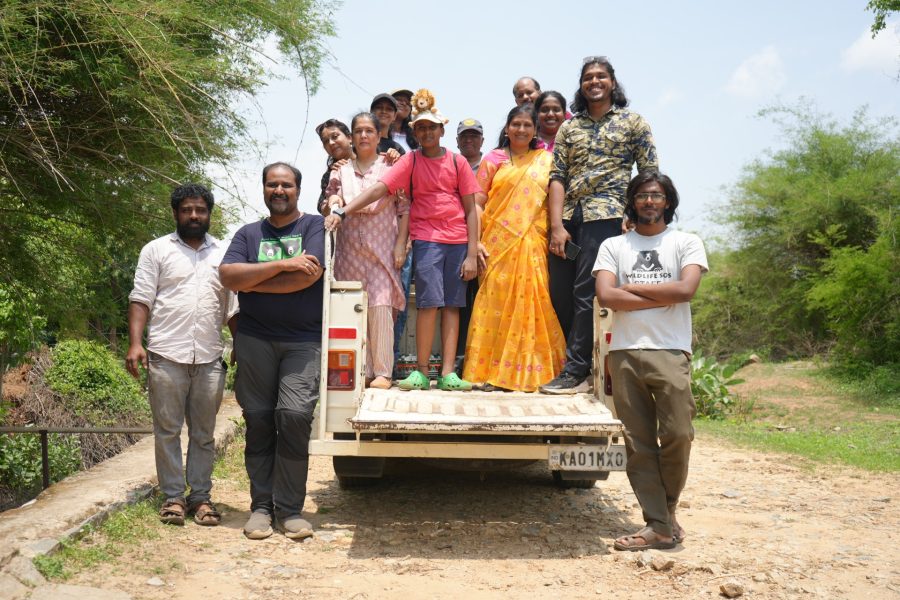Every school campaign touts the concept of recycling but often misses the family this term belongs to. The R family of 4 includes “Reduce, Reuse, Recycle and Refuse”, each playing an equal and crucial role. Plastics cannot decompose and take hundreds of years to even begin breaking down. Their journey in polluting the environment begins in the process of production itself. Recycling alone is not enough to conquer the plastic problem, which has caused a major accumulation of garbage in landfills and in the ocean. In this article, let us take a look at the journey of a piece of plastic.
The creation of plastic requires raw materials like natural gas and crude oil which undergo polymerisation or polycondensation in order to make the plastic bottle that you see in stores. This demands a large infrastructure in order to extract fossil fuels, and process them, all amounting to high pollution.

Plastic is non-biodegradable, which means that it can never return back to nature. With no standardised model to fall back on, plastic ends up with the rest of our garbage in landfills. Without proper sorting, about 40% of plastic trash mixes with other waste in landfills. All this sitting waste degrades the air and creates an unbearable stench for residents living in the surrounding areas. The groundwater in the area is polluted, leading to highly toxic substances being ingested by humans and animals.
In other instances, plastic ends up being dumped in rivers that eventually flow into the ocean along with the trash. This trash eventually gets pulled into a ginormous vortex of marine debris, known as an ocean garbage patch. These garbage patches are growing in size, the largest one being the Great Pacific Garbage Patch. There are also four more clusters of garbage in the Indian ocean, South Atlantic ocean, North Atlantic ocean and South Pacific ocean. With the currents constantly shifting the waste around, the exact size of these patches as well as the amount of waste in them remains unclear. At this point, it might be impossible to ever completely get rid of these gigantic patches, and we can only hope that they don’t expand as rapidly as they are currently.
Though plastics cannot degrade, each plastic continues to break into smaller and smaller pieces, until they become microscopic in size. These microplastics are ingested by various fish and sea creatures, who are prey to other sea creatures, and us! All of the plastic that we throw away has the potential to reach us again, in a rather deadly manner.
Pieces of plastics cause harm before they even reach one of the garbage patches in the ocean. These pieces get stuck onto the bodies or even within various organisms that live in the sea: Reports of turtles dying from getting plastic straws caught in their nostrils, or fish getting stuck in discarded plastic fishing equipment are abound.
What, then, is the solution? Is it the incineration of waste? Certainly not. Along with extreme pollution, incineration of plastic produces highly toxic gases which can lead to cancer and neurological damage.
At this point, recycling to curb the growing waste problem comes to us as the only viable solution. Recycling is certainly something that we should all implement in our lives, but it isn’t a holistic solution. Plastics can be upcycled, which means reusing them creatively, and they can also be downcycled into lower quality. Durable items like bottle caps and certain containers can be recycled more than once.

It now becomes imperative to also:
Reduce – Decrease the consumption of plastic and other items that you do not require.
Reuse – Do not throw items out after a single use; use them multiple times to increase their lifespan.
Refuse – Discourage suppliers from using plastic by boycotting materials that have single use plastics.
It is most important to prevent the production of plastics right at the source. Large companies are guilty of degrading the environment and need to be held accountable. Coca-Cola Company and PepsiCo are the largest plastic polluters in the world; their pledge to fix this damage is bound to take a long time. Companies like Parle Products Private Limited, ITC Ltd., Britannia Industries Ltd., Haldiram’s, and Nestle are some of the largest plastic polluters within India. While it is important to train consumers on how to segregate their waste and be mindful, it is equally important for producers to be held accountable so that generation of such waste can be stopped right at the source.





